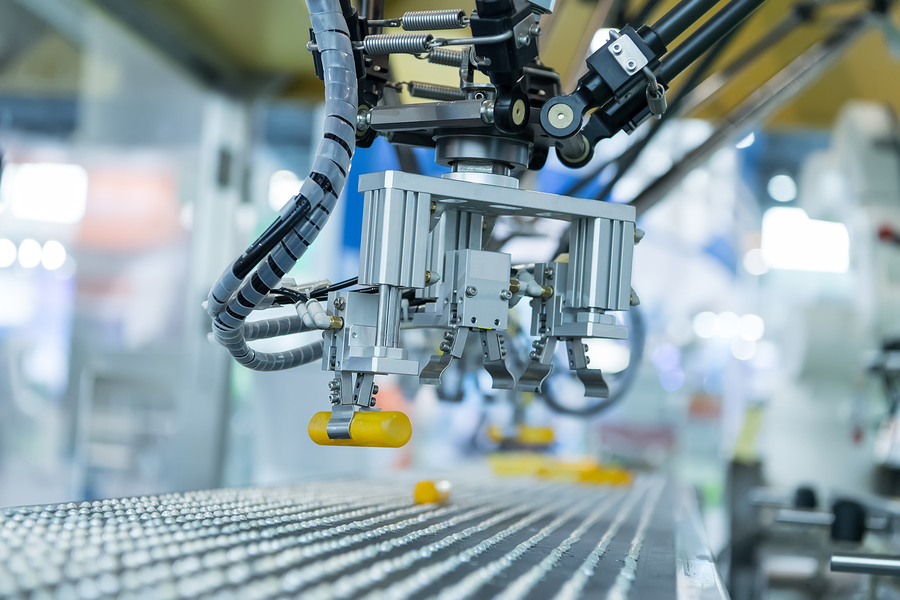Although we are still in the early days of 2018, recent economic data can be used to shape projections for the year ahead and provide a sense of how manufacturing is likely to be impacted. The industry outlook appears strong for 2018 with plenty of room for growth opportunities. But what indicates economic stability and technological advancements?
Economic stability
In 2017, the manufacturing industry experienced a surprising resurgence after a lackluster 2016, an upward trend industry analysts predict will continue during this year. In a Yahoo Finance article, Peter Kenny, chief market strategist for Global Markets Advisory Group, credited this increase to
- higher productivity among American workers,
- more affordable crude oil,
- increasing wages in developing economies, and
- a trend toward protecting intellectual property rights among American corporations.
Due to these factors, coupled with lower corporate tax rates, Kenny predicts a stable manufacturing economy for 2018.
Technological advancements
 Amid this economic growth, manufacturing is also facing fundamental changes due to technological advancements and the resulting workforce disruption. Through an exploration of the top manufacturing predictions for the next few years and a look at changes in the workplace, we can begin to piece together expectations for 2018.
Amid this economic growth, manufacturing is also facing fundamental changes due to technological advancements and the resulting workforce disruption. Through an exploration of the top manufacturing predictions for the next few years and a look at changes in the workplace, we can begin to piece together expectations for 2018.
- Manufacturers will continue to increase IOT participation for data collection and greater consumer behavior awareness — data they will use to decentralize decision-making through algorithms.
- Workplaces will continue to see an increase in automation, especially for repetitive tasks.
- More manufacturers will participate in sharing their data in industry clouds. While doing so is not yet directly monetized, many will likely see benefits in sharing and receiving collective industry data.
- Information technology and operational technology will begin to overlap more and more. As a result, many employees will need experience in both skill sets.
- Customers will have a more direct say in product designs through virtual interactions with company personnel.
Overall, the next year will likely be one in which company leaders can leverage the economic stability of manufacturing as an opportunity to invest heavily in new technologies. 2018 will likely mark a time of transition, as workforces may begin to experience these technological resources impacting daily operations in the foreseeable future.
